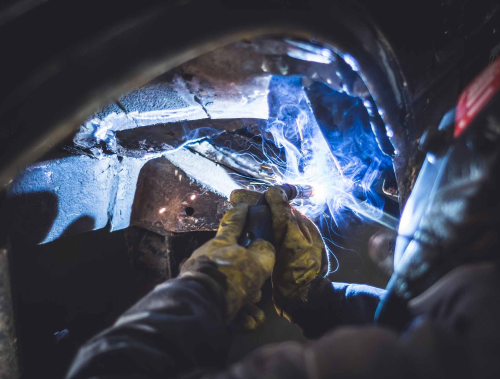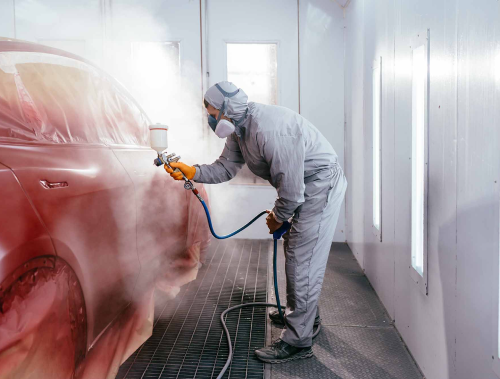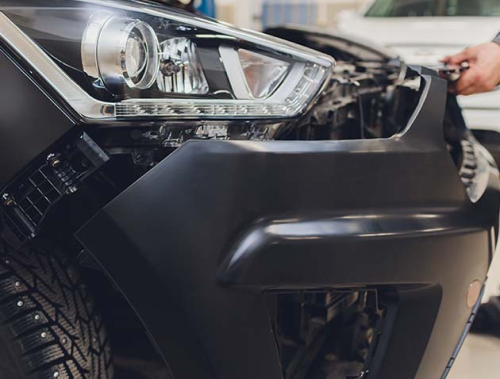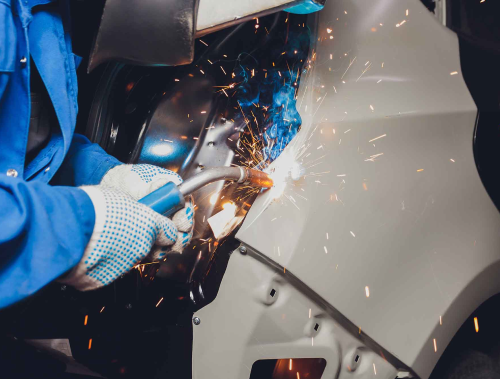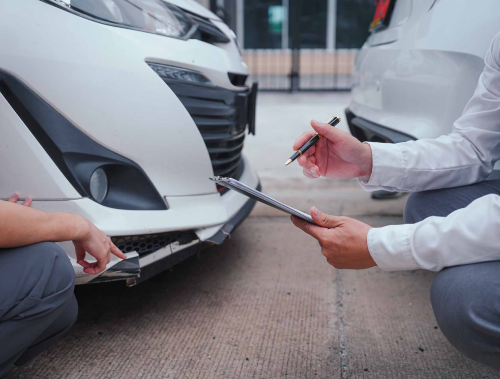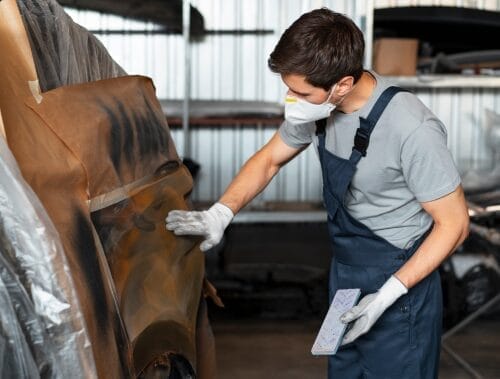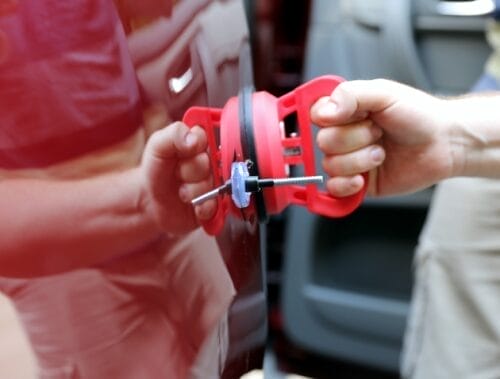Caring for a new car paint job is crucial to maintaining its vibrant shine and protecting it from damage. Proper care during the initial stages can extend the life of the paint and keep your car looking its best. This guide will help you understand the essential steps to take during the curing process and beyond.
Initial Curing Period
Avoiding Washing
After a new paint job, it’s important to allow the paint to cure completely. During this period, refrain from washing the car for at least two weeks. This waiting period allows the paint to harden and set properly, ensuring a durable finish.
Washing the car too soon can interfere with the curing process, leading to potential damage such as swirl marks, scratches, or even peeling. The paint is still soft and vulnerable during the early stages, so it’s best to avoid any activities that could compromise its integrity.
Exposure to Elements
During the curing period, try to minimize your car’s exposure to harsh elements. Direct sunlight, extreme weather conditions, and pollutants can affect the paint’s curing process. UV rays from the sun can cause the paint to fade or crack, while pollutants can embed into the soft paint, causing long-term damage.
Parking your car in a garage or under a covered area can significantly protect it from these elements. If indoor parking isn’t an option, consider using a high-quality car cover designed for outdoor use to shield your vehicle during this critical period.
Washing Guidelines
Hand Washing
Once the initial curing period is over, hand washing your car is the best method to maintain its new paint job. Use a gentle car soap that is free from harsh chemicals and abrasives. Microfiber cloths are ideal because they are soft and less likely to scratch the paint compared to other materials.
After washing, rinse the car thoroughly to remove all soap residues. Leftover soap can leave spots and streaks, which can be particularly noticeable on a freshly painted surface.
Two-Bucket Method
The two-bucket wash method involves using one bucket for the soapy water and another for rinsing your sponge or cloth. This technique helps prevent dirt and grime from being reintroduced to the paint surface, reducing the risk of scratches.
- Bucket 1: Fill with soapy water.
- Bucket 2: Fill with clean water for rinsing.
By using the two-bucket method, you ensure that the dirt you remove from the car stays in the rinse bucket, keeping the soapy water clean and minimizing the risk of scratches and swirl marks. This method is highly recommended for maintaining a pristine finish on your new paint job.
Washing Frequency
After the initial curing period, establish a regular washing schedule. Washing your car weekly helps maintain the paint’s shine and cleanliness by removing dirt, dust, and other contaminants that can dull the finish.
Regular washes prevent build-up that can become more difficult to remove over time. Weekly maintenance not only keeps your car looking great but also preserves the paint’s longevity and brilliance.
By following these guidelines during the initial curing period and beyond, you can ensure that your new car paint job remains vibrant and protected for years to come. Proper care and maintenance are key to preserving the beauty and value of your vehicle.
Paint Protection Film (PPF)
Applying Paint Protection Film (PPF) to vulnerable areas such as the front bumper, hood, and side mirrors can provide an extra layer of defense against rock chips, scratches, and minor abrasions. PPF is a clear, durable film that absorbs impacts and protects the paint underneath, maintaining your car’s pristine appearance.
For the best results, PPF should be professionally installed. Professionals have the expertise and tools to apply the film smoothly and without bubbles or creases. They also ensure that the film is precisely cut to fit your vehicle’s contours, providing seamless protection.
Ceramic Coatings
Ceramic coatings offer long-term protection by forming a hard, hydrophobic layer on your car’s paint. This coating repels water, dirt, and other contaminants, making the car easier to clean and maintain. It also provides excellent UV protection, preventing the paint from fading over time.
Professional vs. DIY Application Options:
- Professional Application: Ensures a high-quality finish and maximum durability. Professionals use advanced products and techniques to achieve the best results.
- DIY Application: More affordable and convenient, but requires careful preparation and application. High-quality DIY kits are available, but the results may vary depending on your skill level and attention to detail.
Regular Maintenance
Regular maintenance is crucial to preserving the appearance and longevity of your new paint job. Consistent cleaning, polishing, and protecting the paint will keep it looking fresh and prevent damage from environmental factors.
Tips for Spot Cleaning and Touch-Ups
- Spot Cleaning: Use a quick detailer spray and a microfiber cloth to remove bird droppings, tree sap, or other contaminants as soon as possible. Prompt removal prevents these substances from etching into the paint.
- Touch-Ups: For minor scratches or chips, use a touch-up paint kit that matches your car’s color. Clean the area thoroughly before applying the paint to ensure good adhesion and a seamless finish.
Special Considerations
Consulting the Paint Shop
Every paint job is unique, and the paint shop may have specific care instructions based on the products and techniques they used. Following these instructions ensures that you’re doing everything possible to maintain the integrity and appearance of your new paint.
Different types of paint (e.g., acrylic, urethane, enamel) may require different care routines. Consult with your paint shop to understand the specific needs of your car’s paint and follow their recommendations closely.
Avoiding Harsh Environments
Harsh environments can accelerate paint degradation. In industrial areas, pollutants and chemicals can damage the paint, while salty coastal regions can lead to rust and corrosion. Taking extra precautions in these environments is essential.
When parking outdoors, especially in harsh environments, use a high-quality car cover. Choose a cover designed for your climate to provide the best protection against UV rays, rain, dust, and other environmental hazards.
Conclusion
Caring for a new car paint job involves allowing the paint to cure properly, washing and waxing at appropriate intervals, using protective films and coatings, and maintaining regular upkeep. Each of these steps plays a crucial role in preserving the paint’s shine and longevity.
By following these best practices, you can ensure that your car’s new paint job remains vibrant and protected for years to come. Proper care not only enhances your car’s appearance but also helps maintain its value. Invest the time and effort into maintaining your paint job, and your vehicle will continue to look its best.

